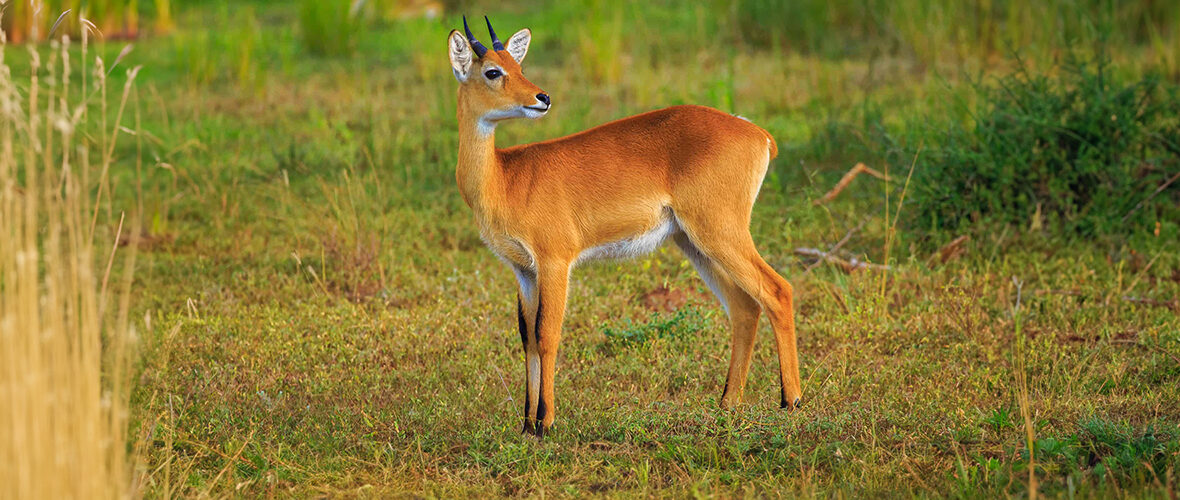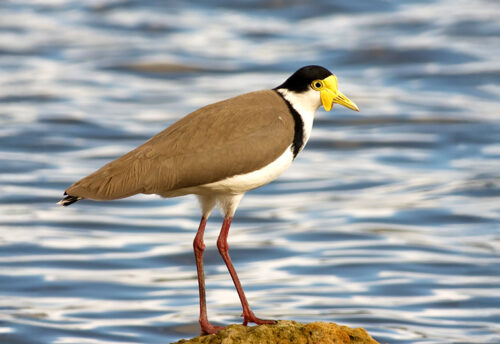
The oribi is the sole member of its genus. That being said, there are 8 recognized subspecies. They can be found throughout western, eastern, and southern Africa. Even though they face the threats of habitat loss and destruction at the hands of residential and commercial developments, farming, and ranching; hunting; and trapping, these little antelopes are still abundant enough to earn the listing of Least Concern by the IUCN. Their numbers are decreasing though.
First the Stats…
Scientific name: Ourebia ourebi
Weight: Up to 49 lbs.
Length: Up to 43 inches
Height: Up to 26 inches, at the shoulder
Lifespan: Up to 14 years
Now on to the Facts!
1.) Only the males have horns that measure up to 7.1 inches.
2.) They are diurnal (active during the day).
3.) Oribis can be found in herds of up to 4+ individuals.
4.) Various grasses make up to 90% of their diet. The remaining 10% is comprised of various leaves, flowers, shoots, and fruits.
5.) Salt licks are also frequented.
But wait, there’s more on the oribi!
6.) Males mark both soil and vegetation in their territories via their preorbital gland secretions and feces (poop). They will increase territory marking depending on the number of neighboring males.
7.) Common predators include: jackals, lions, cheetahs, and African wild dogs.
Did you know…?
Oribis can run at speeds of up to 30 mph.
8.) Females undergo up to a 7 month gestation (pregnancy) that yields a single calf.
9.) The calf is kept in hiding for close to a month, while the mother pays regular visits to her calf to suckle it for nearly 30-minute sessions.
10.) Their total population is believed to be upwards of 750,000 wild individuals.
Now a Short Oribi Video!
Be sure to share & comment below! Also, check out the Critter Science YouTube channel. Videos added regularly!
Want to suggest a critter for me to write about? Let me know here.
Some source material acquired from: Wikipedia & IUCN
Photo credit: Anil Varma



